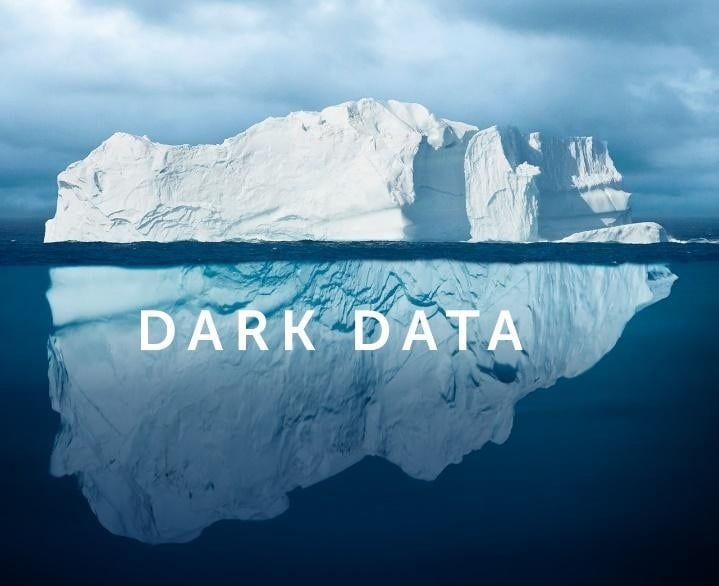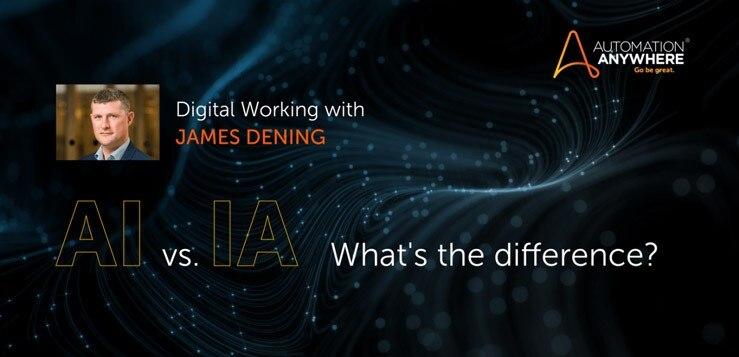- Login
- Search
- Contact Us
-
Have a question? Our team is here to help guide you on your automation journey.
-
Explore support plans designed to match your business requirements.
-
How can we help you?
-
- AI
AI Without the Hype From pilot to full deployment, our experts partner with you to ensure real, repeatable results. Get Started
- Automation Anywhere AI
-
- Solutions
Featured Agentic Solutions
Accounts Payable Invoice automation—No setup. No code. Just results. Accounts Payable
Customer Onboarding Scale KYC/AML workflows. Customer Onboarding
Customer Support Keep queues moving, even at peak load. Customer Support
Healthcare RCM Revenue cycle management that runs itself. Healthcare RCM
- Products
Platform Features
- Agentic process automation (APA)
- Robotic Process Automation (RPA)
- View all Products
-
- Resources
Get Community Edition: Start automating instantly with FREE access to full-featured automation with Cloud Community Edition.
Featured
 Named a 2025 Gartner® Magic Quadrant™ Leader for RPA.Recognized as a Leader for the Seventh Year in a Row Download report Download report
Named a 2025 Gartner® Magic Quadrant™ Leader for RPA.Recognized as a Leader for the Seventh Year in a Row Download report Download report- Become an Expert
- Developer Tools
- Get Support
- View all resources
-
- Partners
Find an Automation Anywhere Partner Explore our global network of trusted partners to support your Automation journey Find a Partner Find a Partner
- Find a Partner
- For Partners
-
Blog
AI vs. IA: What’s the Difference?
Navigate to content
Artificial intelligence (AI) has been a hot topic for some time. There are some genuinely transformative things being done using the sledgehammer of AI to crack some very big, complex problems in many fields, including health, manufacturing, game theory, weather prediction, and economics. The list goes on and on.
Automation — both hardware and software — has also been around for some time. But it’s software automation that is deservedly in the limelight right now as part of the Fourth Industrial Revolution. Companies in every sector, all over the world, are using Robotic Process Automation (RPA) to automate their rule-based, process-driven, easily definable tasks in the front and back offices.
Think of an accounts payable (AP) clerk that comes in every day, opens his or her email, opens a received spreadsheet, and then copies that data into an enterprise resource planning (ERP) system. This is something that can be easily automated, and there are countless other examples in finance, procurement, human resources, operations, logistics, and so forth.
AI and automation at a crossroads
But where it gets interesting is the intersection between AI and automation — also referred to as intelligent automation (IA). That combination, driven by advances in machine learning (ML) techniques, computational power, and more advanced cognitive engines, is starting to be applied to a wide range of business problems. Voice recognition, natural language processing, document analysis, and classification — are everyday, real-world applications.
Let’s take documents as an example. Many companies still deal with millions of PDF documents. These could be invoices, purchase orders, or pretty much anything else. If you’re a large manufacturer, you might have tens of thousands of suppliers, each with its own unique invoice layout. That semi-structured data is hard to process for a rule-based system. But once you add AI into the mix, you have something that can deal with this unstructured data while learning as it goes along.
An optical character recognition (OCR) engine struggles to get more than 50% to 60% accuracy across a typical invoice data set from multiple suppliers, whereas an AI-driven system such as Automation Anywhere Document Automation uses both supervised and unsupervised learning to get past 90% to 95% precision. The more data it processes, the better it gets.
Estimates of how much of a company’s data is that "dark," semi-structured or unstructured data vary, but numbers around 60% to 70% are not uncommon. It’s like the tip of the iceberg, often hidden below the surface. Think of the huge piles of data in emails, voice messages, documents, PDFs, and the like. Compare that to the relatively small amount in an Excel spreadsheet.

With databases and customer relationship management (CRM)/ERP systems, businesses are capturing more and more data, again with much of it unstructured. The biggest data problem facing any business going forward is that of scale. And the obvious solution has to be automation — handling both structured and unstructured data.
Intelligent automation: A realistic solution
So, how do we fix some of these real-world business problems? Well, AI on its own is not enough. That sledgehammer is brilliant at cracking great big problems, but not so good on the digital walnuts we need to deal with every day, such as: Is that PDF an invoice or not? And if it is, how much is it for?
Combine AI with automation, though, and you then have something very different. Intelligent automation lets you deal at scale with the low-hanging fruit of structured data and the higher-hanging fruit of the problems we face every day dealing with unstructured data.
Software automation — the Fourth Industrial Revolution — is a transformative, strategic opportunity for any major enterprise. Scale is everything. And that can only truly be addressed through automation and AI combined as IA.
See the advantages
of intelligent automation.
About James Dening
James Dening, vice president and Digital Worker evangelist, has been creating and leading successful commercial teams for the past 15 years.
Subscribe via Email View All Posts LinkedInGet to know the Agentic Process Automation System.

For Students & Developers
Start automating instantly with FREE access to full-featured automation with Cloud Community Edition.



